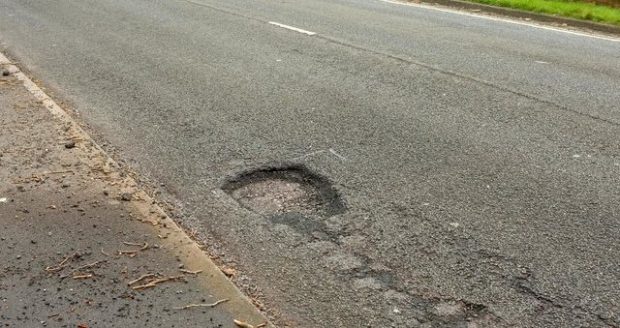Vital surface dressing work on Britain’s local roads that is proven to prevent potholes forming increased by 15% this year, reveals new data shared with the RAC.
Figures from the Road Emulsion Association show around 44.4m square metres of surface dressing – enough to treat the equivalent of around 4,340 miles of road – was applied over the April-to-September preventative maintenance season in 2025, compared to 38.5m in 2024.
This year’s manufacturing, sale, and use of bitumen emulsions for surface dressing were also up 25% on 2023 (35.3m square metres), the year that saw the lowest reported volume since records began in 1978. While it’s encouraging that volumes reported by REA increased in 2025, they are still 32% below the amount applied in 2012 (64.4m square metres).
The data collected by the trade association, which represents UK bitumen emulsion manufacturers, shows the messages of a joint campaign by the REA, the RAC and the Road Surface Treatments Association to get local authorities to understand the benefits of preventative maintenance are starting to make a difference to drivers.
The RAC is also aware the Government is proactively encouraging councils to carry out more surface dressing and preventative treatments on their roads, and has even gone as far as requiring authorities to report how much of this work they have done in previous years – and how much they plan to do.
RAC head of policy Simon Williams said, “These new figures are a step in the right direction for drivers who are plagued by potholes on Britain’s roads every time they get behind the wheel.
“We welcome more local highway authorities carrying out surface dressing work, as this is proven to extend the life of roads by 10 to 15 years by sealing cracks and stopping water getting in and, ultimately, stopping surfaces breaking down.
“We hope even more surface dressing will be carried out going forwards as the Government is on board with the preventative maintenance message that the RAC, REA and the Road Surface Treatments Association have been advocating.
“We’re also very pleased to see the Government asking councils to show how much preventative maintenance work they’ve carried out over the last five years and how much they plan to do in this financial year. We remain convinced that prevention, rather than cure, is the answer to smoother, safer roads.”
